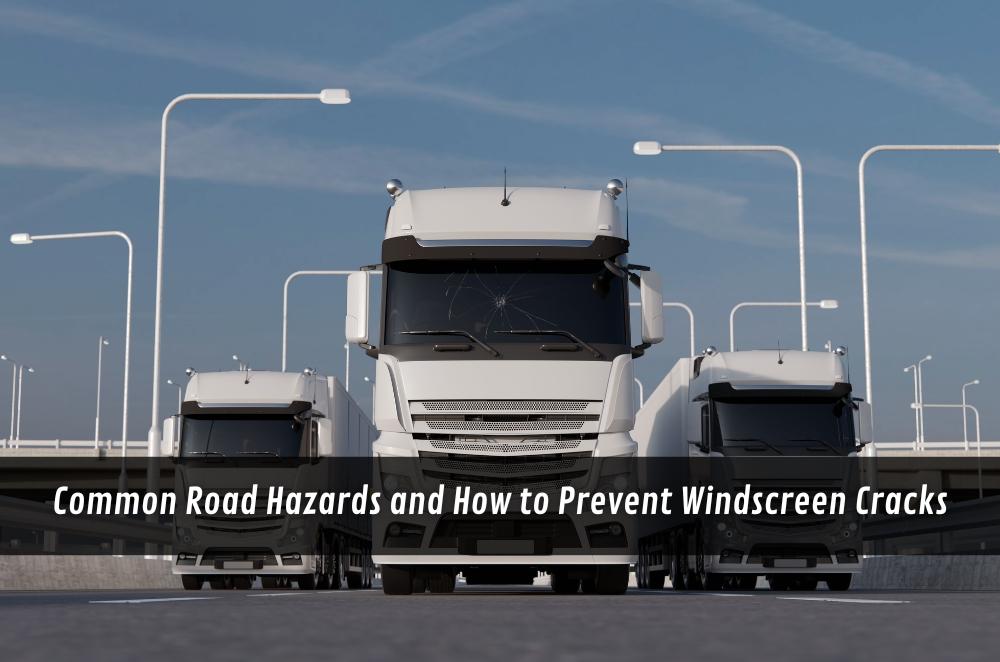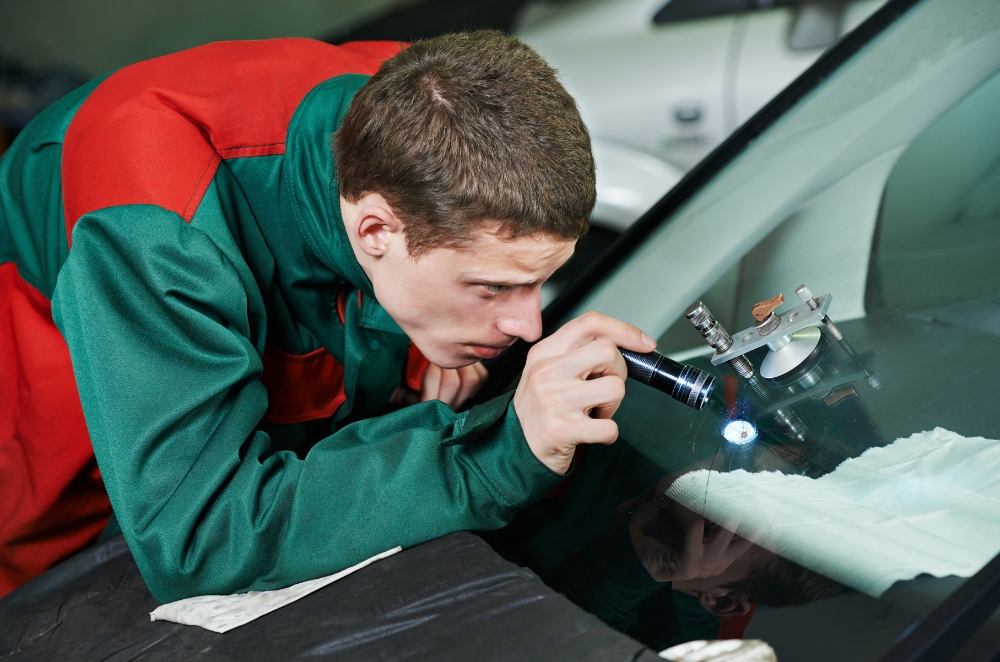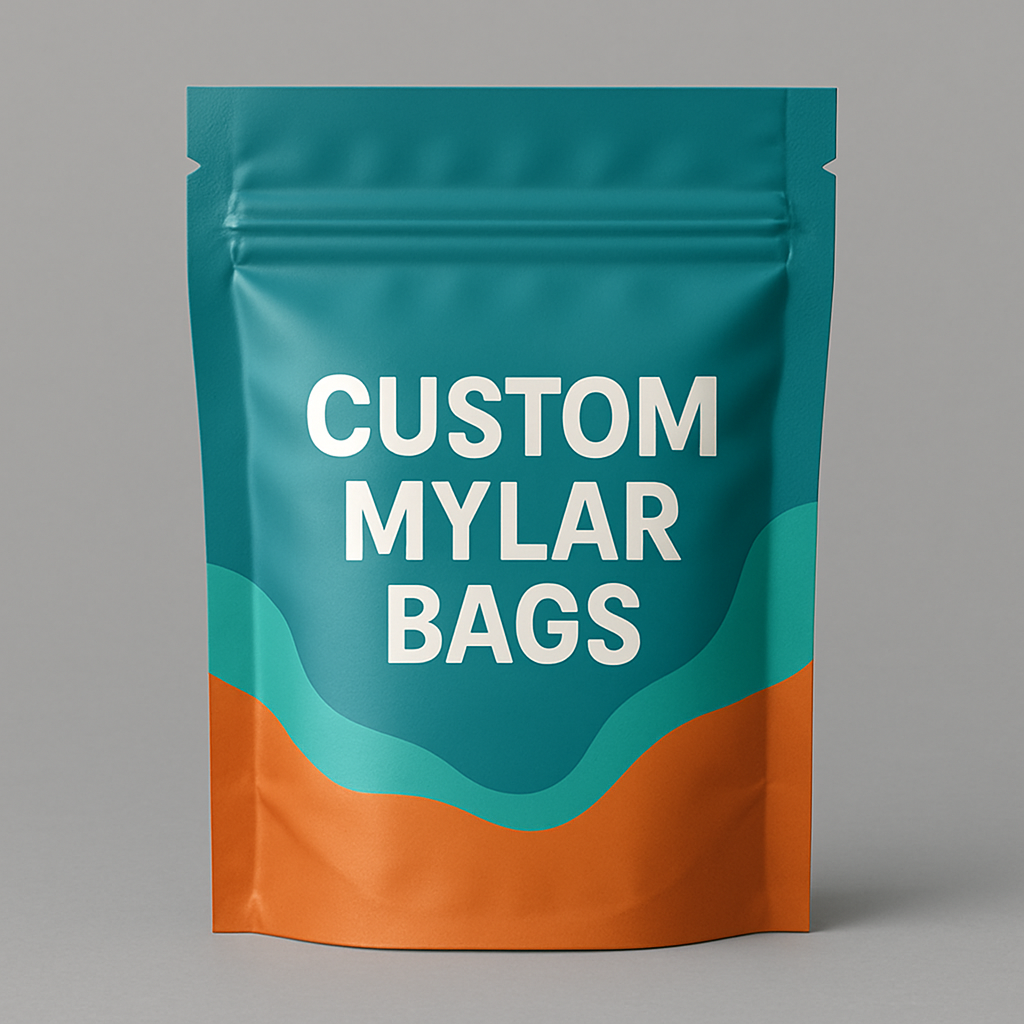Common Road Hazards and How to Prevent Windscreen Cracks

Sydney roads throw up the occasional curveball — gravel from roadworks, a truck shedding grit, sudden cold rain after a hot day. If you’re dealing with a chip already (or trying to avoid one), it helps to know what actually causes windscreen damage and how to prevent it. And if the worst happens, keep a reputable repairer handy: searching for “windscreen replacements near me” is a smart first step for quick quotes and mobile availability.
Why windscreens crack: The usual culprits
Let’s name the main offenders, so you can spot and dodge them in time.
-
Loose aggregate and roadworks: Fresh chip-seal surfaces and unsealed shoulders send stones flying.
-
Tipper trucks and utes: Uncovered loads drop pea gravel or debris, especially after speed humps.
-
Thermal shock: A hot screen blasted with icy air or rain can stress existing micro-fractures.
-
Potholes and chassis twist: Big hits flex the body; an existing chip can “run” into a crack.
-
Old wipers and sand: Dry-wiping dust acts like sandpaper, carving scratch arcs that dazzle at night.
-
Hail and storm debris: Summer cells toss hard ice and branches at highway speeds.
Quick story: On the M5 one winter evening, I tucked in behind a tipper — bad move. A tiny ping on the passenger side turned into a 10 cm fissure by the weekend thanks to a cold snap and a hot demister. Since then, I give heavy vehicles three seconds of following distance and glance for loose tarp straps before settling behind them.
Prevention tactics you can use today
You can’t bubble-wrap your windscreen, but you can tilt the odds your way.
-
Follow farther, not faster: Add a full second in work zones and behind heavy vehicles; change lanes if you see a loose load.
-
Read the verge: Freshly graded shoulders = more stones on the carriageway. Hug the centre where safe.
-
Treat the glass: Hydrophobic coatings improve wet visibility and reduce wiper chatter; replace worn blades twice a year.
-
Warm or cool gradually: On hot days, crack the windows and use the foot vents first; avoid blasting MAX cold onto a hot screen.
-
Mind the wheels: Proper tyre pressure softens pothole hits and limits body flex.
-
Park smarter: Undercover during hail forecasts; away from overhanging branches in summer gusts.
What to do the moment a chip appears
Act fast and you’ll often save the windscreen — and your excess.
-
Clean and cover: Dab away loose glass. Stick clear tape over the chip to keep moisture and grit out.
-
Avoid pressure spikes: Don’t slam doors or crank the demister to full heat; both can cause damage.
-
Measure location: Note if the chip sits in the driver’s main field of view or touches the edge — those are higher-risk.
-
Book a mobile assessment: Early resin repairs are usually stronger and far less visible than late ones.
-
Photograph everything: A ruler or coin for scale helps the technician (and your insurer) decide repair vs replacement.
Another lived example: I once ignored a clean little bullseye on the passenger side after roadworks on Parramatta Road. Taped it, sure — but left it a week. A surprise cold front plus a hot morning runout and… crack. The repair that would’ve been free through my policy turned into a replacement with an excess. Lesson: book it that day.
Legal and safety basics in NSW
Cracks that obstruct your view aren’t just annoying — they’re unsafe and can be illegal. NSW’s safety guidance is blunt about the risks of driving with a cracked windscreen that affects the driver’s view and the importance of fixing it promptly. If you want the official word, review windscreen replacement in NSW before deciding whether to drive or park it.
When to pull over or park it:
-
The crack intrudes into your primary field of view.
-
The damage extends to any edge of the screen.
-
The crack is spreading — especially across the wiper sweep.
Repair or replace: Choosing the right path
Most decisions hinge on size, location, and growth.
-
Repair (resin) is likely if the chip is small, round, and away from the driver’s direct view and the edges.
-
Replace if the crack is long, reaches an edge, or sits where you look through most.
-
ADAS matters: Cameras and sensors behind the glass often require recalibration after replacement — ask your repairer to include this in the booking and on the invoice.
If you need help comparing options and timing, keep a local specialist on your shortlist by checking windscreen replacements for mobile availability and service coverage in Sydney.

Costs, insurance and savings without cutting corners
Replacing glass can be pricey, especially with heated elements, HUD, acoustic layers or rain sensors. A few ways to avoid bill shock:
-
Use your policy wisely: Many comprehensive policies waive excess for chip repairs, but not for full replacements.
-
Ask about glass-specific excess: It’s often lower than your standard excess.
-
OEM vs aftermarket: Both must meet Australian Standards; sometimes OEM is recommended for certain ADAS systems — check your PDS.
-
Schedule smart: If a chip is stable and repairable, fix it now. Delay is what turns repair into replacement.
Want a cost-focused explainer you can link internally on Medium? A roundup anchored to the back windscreen replacement cost.
For third-party context on price bands and what affects them, you can reference windscreen replacement prices in an FAQ block.
Hazard-specific playbook you can run tomorrow
Here’s a simple cheat sheet, by hazard:
-
Roadworks and gravel
-
Add one extra second of following distance.
-
Move one lane over from the plant equipment and tippers.
-
Avoid the shoulder; drive the cleanest tyre tracks.
-
-
Summer heat → cold rain
-
Set the A/C to gentle first; avoid point-blank cold air on scorching glass.
-
Crack a window to bleed off heat before blasting the demister.
-
-
Potholes and speed bumps
-
Slow more than you think; diagonal over speed humps to reduce twist.
-
Keep tyres at recommended pressure; underinflation magnifies impacts.
-
-
Hail and flying debris
-
Park under solid cover when storms are forecast.
-
If you’re caught out, angle the car so the bonnet, not the screen, faces the hail (when safe).
-
-
Wipers and grime
-
Replace blades every 6–12 months; never run them dry over dusty glass.
-
Keep a microfibre and spray in the boot; a 30-second clean reduces scratch risk.
-
A simple decision pathway when damage happens
-
Assess: Is it a chip or a crack? Edge or centre? Growing?
-
Stabilise: Tape it, avoid big temperature shocks, photograph it.
-
Check legality: If it intrudes on your main view or hits an edge, park it and review windscreen replacement.
-
Book help: Mobile technician or workshop — whichever can see you fastest.
-
Confirm calibration: If your car has ADAS, ensure recalibration is included after replacement.
-
Keep records: Photos, invoices, warranty, and any calibration reports.
If you steer clear of the common hazards, act fast on chips, and know when to park it, you’ll avoid most windscreen dramas — and the costs that follow. And when prevention isn’t enough, shortlisting windscreen replacements makes the next step simple.







